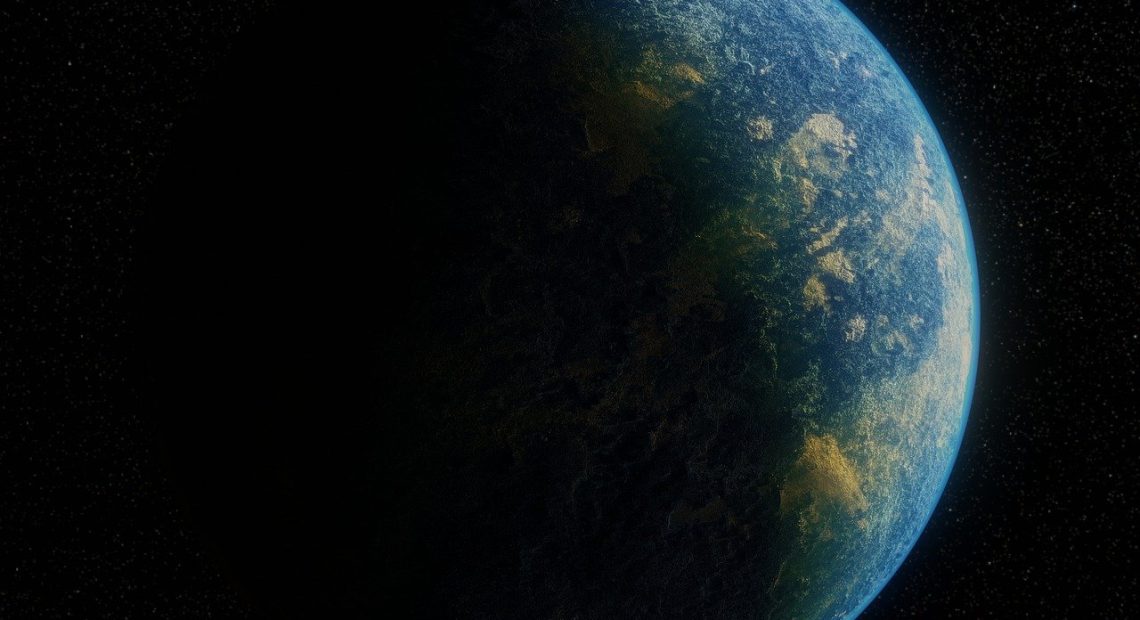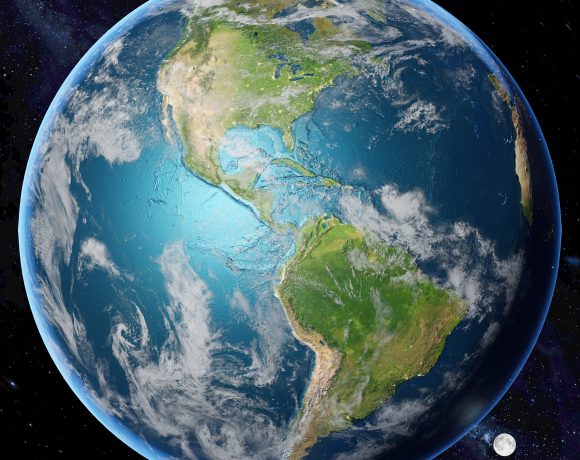
Discovery of Earth-Like Planet Orbiting Dead Sun Offers Clues to Earth’s Future Survival
Astronomers at the University of California, Berkeley, have identified an Earth-like planet located 4,000 light-years away, offering a glimpse into what may become of Earth billions of years from now. The planet orbits a white dwarf—a dead star that was once similar to our sun. This distant planetary system provides a preview of the possible fate of Earth when the sun eventually evolves into a white dwarf, leaving a frozen, possibly migrated Earth beyond the orbit of Mars.
The discovery, made using observations from the Keck 10-meter telescope in Hawaii, presents a planetary system that mirrors the future sun-Earth system: a white dwarf with about half the mass of the sun, accompanied by an Earth-sized planet in an orbit twice as large as Earth’s current distance from the sun.
This discovery suggests that Earth might undergo a similar journey. As the sun transitions into a red giant, it will expand significantly, potentially engulfing Mercury and Venus. As its mass decreases during this process, the remaining planets, including Earth, may migrate to more distant orbits. Should Earth survive the red giant phase, it could end up in an orbit much farther from the sun—possibly twice its current distance.
The findings, published in Nature Astronomy, offer insights into the lifecycle of stars like our sun and the impact on their surrounding planets. Some studies indicate that this transformation for our sun could begin in about 1 billion years, leading to the vaporization of Earth’s oceans and the expansion of Earth’s orbit—provided the sun doesn’t swallow our planet first.
Eventually, approximately 8 billion years from now, the sun’s outer layers will disperse, leaving behind a dense white dwarf with about half the mass of the sun but smaller than Earth.
“We do not have a consensus on whether Earth could avoid being engulfed by the red giant sun in 6 billion years,” said Keming Zhang, lead author of the study and former doctoral student at UC Berkeley. Zhang, now an Eric and Wendy Schmidt AI in Science Postdoctoral Fellow at UC San Diego, further explained, “In any case, Earth will only remain habitable for around another billion years before the oceans are vaporized by the runaway greenhouse effect.”
Though the newly discovered planet is located far outside the habitable zone of the dim white dwarf, it serves as a rare example of a planet surviving its star’s red giant phase. While unlikely to support life now, it may have had habitable conditions when its host star was still sun-like.
“Whether life can survive on Earth during the red giant phase is still unknown,” said Jessica Lu, associate professor and chair of astronomy at UC Berkeley. “But the most critical factor is whether Earth avoids being swallowed by the sun when it expands. This system that Keming discovered shows that an Earth-like planet can survive the red giant phase.”


















